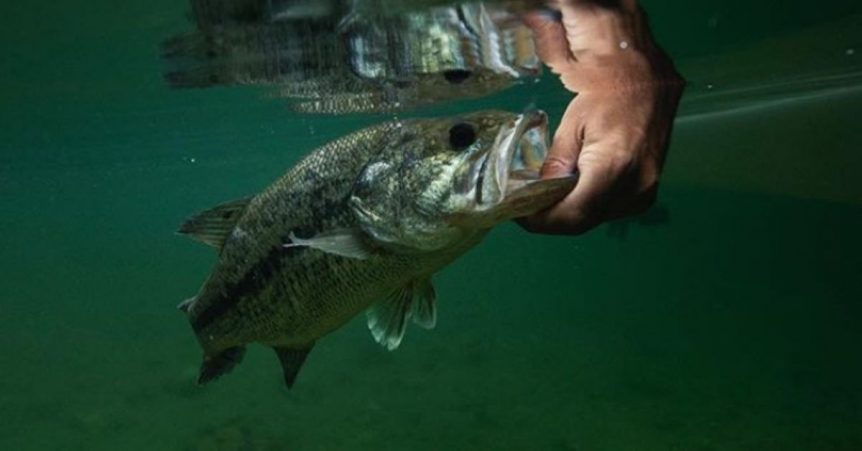Northern Strain Bass Vs. Florida Strain Bass: What’s The Difference?
[print_link]
In many ways, largemouth bass are alike whether the fish live north or south of the Mason-Dixon Line.
Trying to identify a Northern-strain largemouth and the Florida-strain largemouth that frequent waters throughout the Southern states is almost impossible due to cross-breeding. The only way to truly identify each species is by advanced genetic analysis.

However, there are some variances between Northern-strain largemouth and Florida-strain largemouth that make the two bass different. The two most noticeable differences between the two bass are in size and growth rates. Northern largemouth bass will rarely grow bigger than 10 pounds, while the Florida-strain bass have the genes to potentially grow up to 20 pounds or heavier. Fisheries biologists report the Florida transplants can reach 14 inches in two years and add one pound per year thereafter. Northern bass have a similar growth rate for their first three years but then lag behind the Florida-strain bass in preceding years.

The two types of bass also have different behavior patterns. Florida-strain largemouth originates from shallow, grass-filed lakes where they ambush their prey in the shallow cover whereas Northern-strain largemouth rely on rocks and other structural habitat and are more apt to chase down prey in open water. Northern bass can change color to match their habitat, but because it prefers hiding in shallow, thick habitat the Florida bass commonly has a very dark coloring. I do notice some Northern bass that live in deep, clear waters also have a dark coloring, but not as dark as the Florida bass.
Another big difference between the two species is tolerance to cold water and weather. Northern largemouth are acclimated to the cold and can even be caught by ice fishermen. Florida-strain largemouth are unable to survive in long periods of cold water so fisheries biologists know not to stock Florida transplants in northern climates.

When cold weather or even a cold front settles in Southern waters, Florida-strain largemouth become inactive making it tough for anglers to catch these moody fish. While in waters north of the Mason-Dixon line, bass sometimes become more active during cold weather. On my home waters of Lake of the Ozarks, I have covered tournaments in November when the winning anglers caught their fish on buzz baits. I have also caught Northern largemouth working a suspending stickbait along the edges of ice during the dead of winter.


